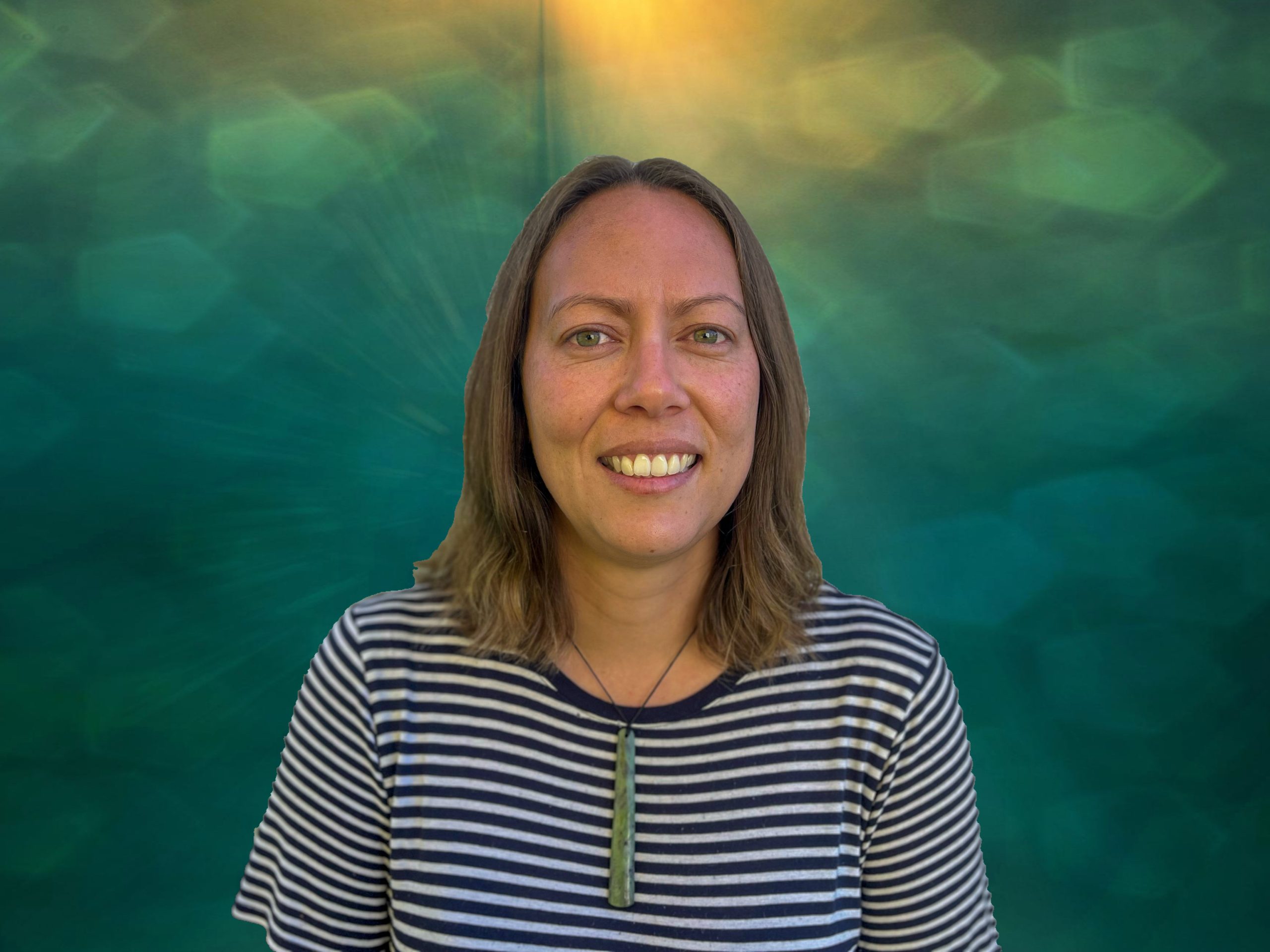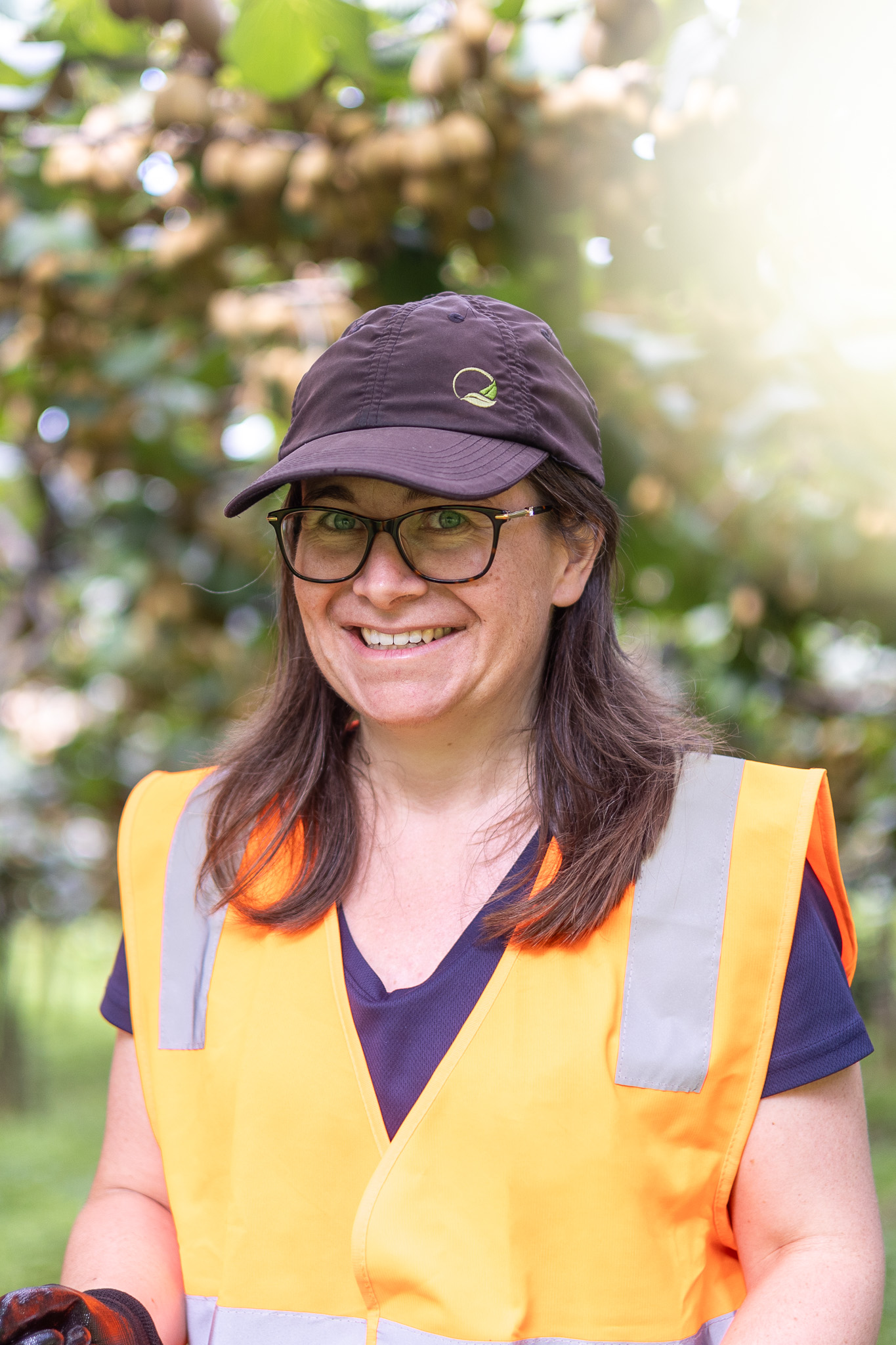1 July 2023

Featured from left to right: Matetu Herewini Jnr, Nicola Sullivan, Hanareia Ehau-Taumaunu, Rangitahi Wharepapa, Matetu Herewini, Amanda Black and Meikura Arahanga
It is Tangaroa Whāriki Kiokio, the ninth day after the full moon, and Bioprotection Aotearoa feels privileged to attend a wānanga at the headquarters of the Raukūmara Pae Maunga Project in Te-Kahanui-a-Tikirākau, also known as Te Kaha. Matetu Herewini, local Rūnanga chair, extended the invitation to this event.
During the wānanga, the Bioprotection team listened to Matetu Herewini Jnr, the son of Matetu Herewini, as he shared his knowledge about the Maramataka of Te Whānau ā Apanui.
Through waiata (songs), information sharing, and engaging activities, Matetu Herewini Jnr introduced the Māori lunar calendar and its significance to the Iwi.
The Raukūmara Pae Maunga Project, is an iwi-led conservation group that has received $34 million to heal and restore the mauri (life force) of the Raukūmara Ranges. These ranges lie in between Ngati Porou and Te Whānau ā Apanui. When the funding was announced, the two iwi and Te Papa Atawhai (DOC) collaborated to design and execute a restoration plan over the next three years.
The aim of the wānanga was to provide insights and mātauranga (knowledge) that could assist the local group in their restoration project.
By integrating this traditional knowledge with modern restoration techniques, the local group hopes to enhance their efforts and ensure that the restoration project aligns with the cultural values, environmental sustainability, and long-term goals of the Iwi.
Amanda Black, the Director of Bioprotection Aotearoa, says, “It was an absolute privilege to learn about this mātauranga, and be introduced to an extraordinary kaupapa with an Iwi-led vision. The Raukūmara Ranges feed into Te Uruwera and Whirinaki forests, which are all connected to form the largest continuous primary growth forest in the North Island. This taonga deserves a restoration response that is designed to transcend generations.”
Aligned PhD student Nicola Sullivan (Plant & Food Research) is doing fieldwork in Te Kaha, researching spiders. While listening, Nicola made the connection to how the moon phases could have an impact on her own research.
“We learned about moon phases during which insects and spiders, among other things, hide away and aren’t as visible. When I am out hunting for spiders, I am likely to find fewer spiders during that moon phase,” says Nicola. “I think it will be helpful to record the moon phase during which I do my collections, in a similar way to the way I already note down the weather which has an effect. This could help explain any patterns I see.”
Amanda shares, “As part of our whakawhanaungatanga, the experience sparked a refreshed sense of purpose. I can see an alignment of our vision and values between the Raukūmara Pae Maunga Project and Bioprotection Aotearoa and the work we each do. We are grateful for the opportunity to be welcomed into their space and enrich our understanding of the rohe.”
To learn more about the Raukūmara Pae Maunga Project, visit their website >




